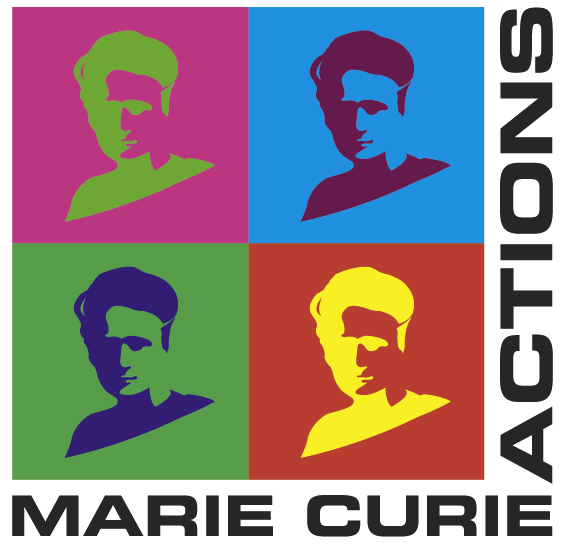MiRoR project highlight – A new meta-analyses approach
MiRoR project highlight – A new meta-analyses approach
5 February 2018 Comments Off on MiRoR project highlight – A new meta-analyses approachADDRESSING PROBLEMS OF NON-TRANSPORTABILITY WHEN COMBINING TREATMENT EFFECTS ACROSS PATIENT POPULATIONS
Systematic reviews and meta-analyses are essential tools to synthesize all available evidence in the field of health, especially therapeutic evaluation. These are no longer novelties but remain to play a central role in medical research. A meta-analysis, in particular, is a statistical procedure that integrates the results of several independent studies with the aim to obtain a more accurate estimate, as well as to gain insight into potential sources of heterogeneity between studies. However, standard methodology for meta-analysis is focusing too much on deriving a summary treatment effect but remains silent as how to interpret it – as a consequence of being implicit about the patient population for which the summary statistics is described. Besides, the overconfidence in one average statistics can cause harm. This explains why one cannot apply the average effect derived from the current approach of meta-analysis to a population that may greatly depart from the global average, even when evidence from this population contributes to the overall result.
These limitations of standard meta-analysis call for a new approach that delivers more clinically interpretable results. In this project, our objective is to develop a novel meta-analysis technique for randomized clinical trials, which use individual patient data (IPD) from all trials to infer the treatment effect for the patient population in a given trial, either based on direct standardization or inverse probability weighting. We investigate the new approach via numerically simulated data and primarily find out that the new approach is promising to overcome the radical problematic given above. Via reanalyzing the real dataset of a published IPD meta-analysis, we also prove that the new approach is feasible in practice.
Why am I interested in this project? As a clinical pharmacist working in the hospital environment before, I understand very much the importance of evidence quality in therapeutic evaluation. By changing the way researchers are doing meta-analyses, the final result can be much helpful for the health-care practitioners in their decision making process. While meta-analyses now are only informative on the extremely broad point of view (i.e. the average of average treatment effect in all populations), it is clearly more meaningful if we can answer the question about the treatment effectiveness for one certain population. In the future, I also want to go further into biostatistical research. This PhD project, obviously, is a great starting point for me to prepare experience and knowledge for this crooked but interesting career journey.
by Vo Tat Thang, MiRoR PhD Fellow at the University of Ghent




